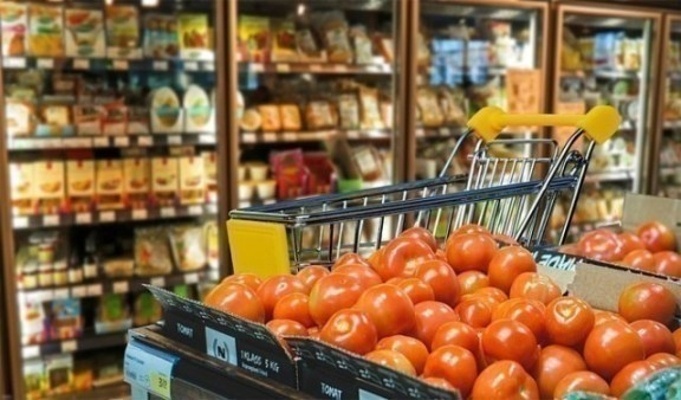
Drop in food prices decelerated the rise in India’s retail inflation during March to 5.91 percent from February’s 6.58 percent.

However, the consumer price index (CPI), or retail inflation, was at 2.86 percent in the corresponding month of last year.
The data furnished by the National Statistical Office showed that even though the consumer food price index remained at an elevated level, its rise was slower during March at 8.76 percent, compared with 10.81 percent recorded in February 2020 and 0.30 percent in the corresponding period of last year.
Product-wise, prices of vegetables, eggs, meat, fish and pulses pushed the retail inflation higher on a year-on-year (YoY) basis.
Prices of vegetables in March increased 18.63 percent, meat and fish by 9.15 percent, eggs by 5.56 percent and pulses and their products by 15.85 percent.
Similarly, the prices of the ‘fuel and light’ category rose to 6.59 percent on a YoY basis.
Significantly, the data indicated that retail inflation level has come back within the medium-term target for CPI inflation of 4 per cent with a band of +/- 2 percent.
“The CPI inflation finally nudged below the upper limit of the MPC’s 2-6 percent band in March 2020, on the back of the expected correction in food prices,” Aditi Nayar, Principal Economist, ICRA said.
“However, this relief may be arrested in the immediate term, with a considerable likelihood of an uptick in urban retail inflation during the period of the lockdown, followed by a subsequent resumption of the correction in the CPI inflation as the situation normalises.”
“Revenue considerations of the central and state government suggest that the fall in crude oil prices is unlikely to transmit to a material reduction in retail prices of diesel and petrol in the near term.”
Radhika Rao, Economist, DBS Bank India, said: “Undercurrents reflect a smaller pace of decline in food (MoM), but offset by low energy prices and subdued demand activity. On food, despite signs of a bumper harvest, market arrivals have dropped, particularly perishables and foodgrains.”
“Besides widening closure of wholesale markets, these supply shortages reflect logistical delays due to delays in intra-state movements due to lockdown situation and labour shortage. These are likely to cause short-term distortions in late-Q1 and Q2, along with a situation where consumption was dominated by essentials while rest of discretionary demand was scaled back.”


